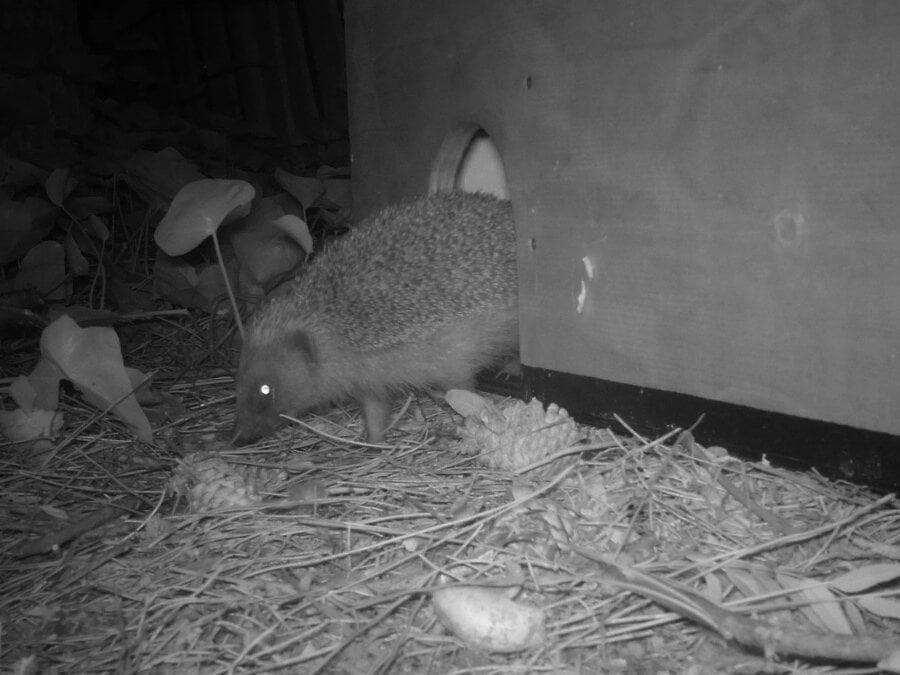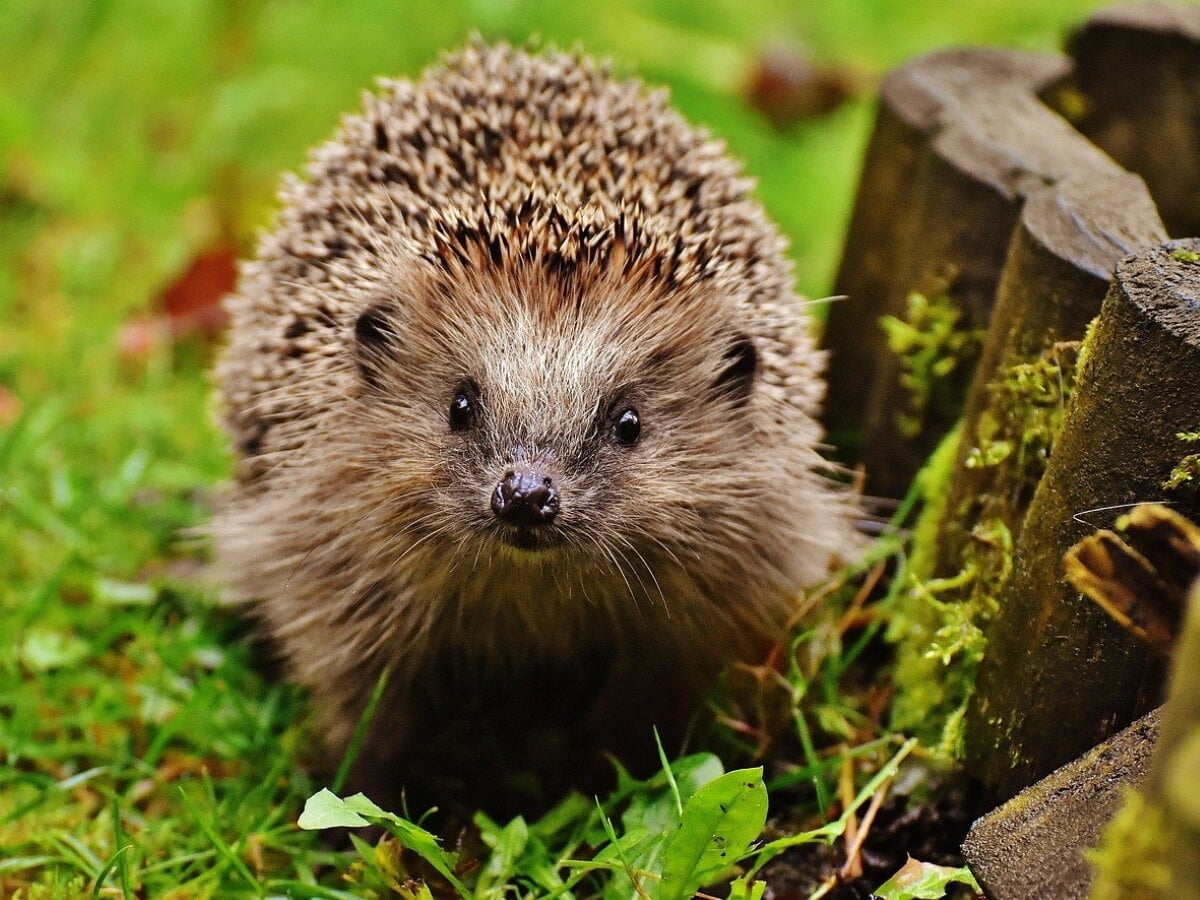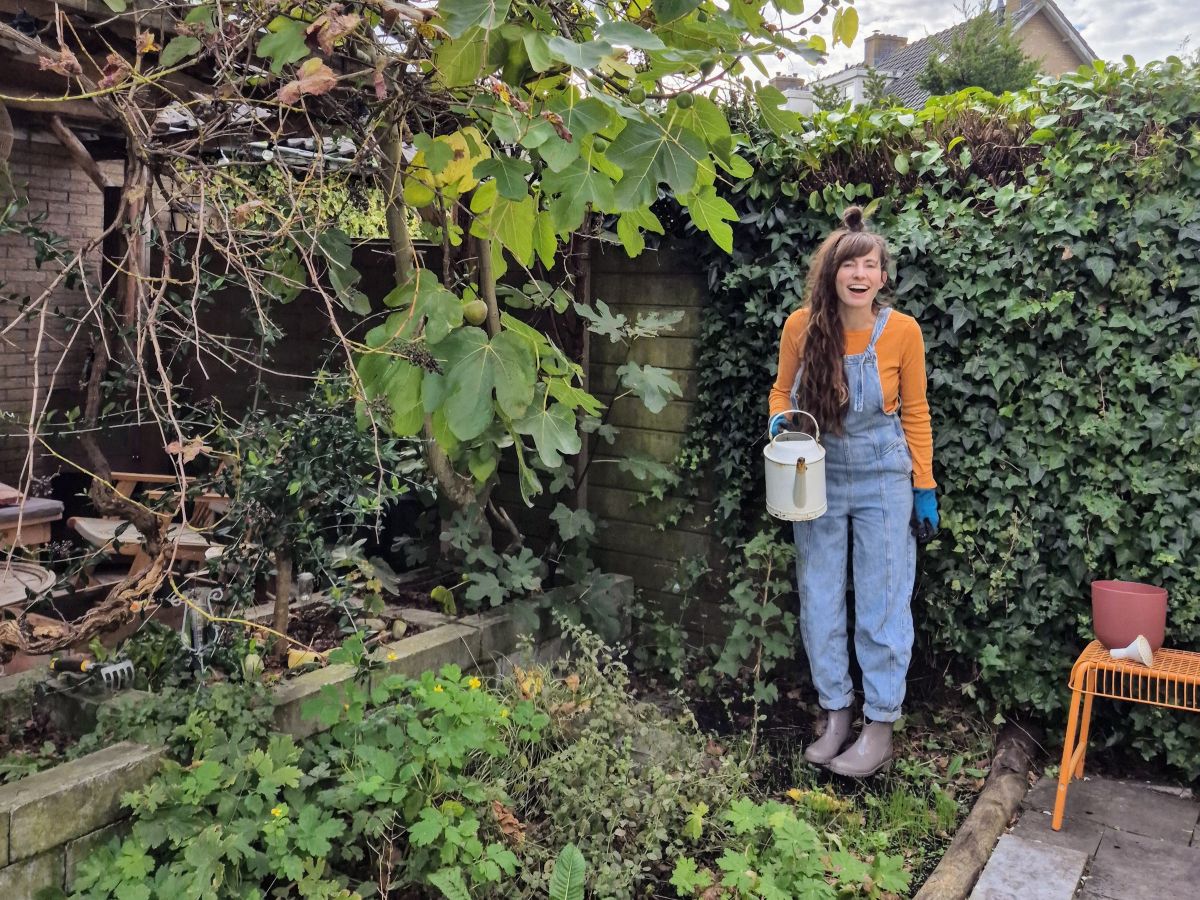Who doesn't know him with his cute snout and spines? The hedgehog is one of our favourite animals in the garden. Besides being a very cute animal, it feels like the crowning glory of gardening when a hedgehog comes to visit. A form of appreciation, sort of ‘hey what a nice garden, this is where I come to live’. But did you know that hedgehogs in the Netherlands are in bad shape? Over the past decade, half of all hedgehogs have disappeared! High time, then, to take action for the hedgehog!
The hedgehog is doing badly and it's because of us
In ten years, the hedgehog population has halved, even though hedgehogs are very useful animals. They sometimes eat up to 40 snails a night - you couldn't wish for a better guardian of your vegetable garden! As more and more gardens are ‘low-maintenance’ tiled, hedgehogs find it increasingly difficult to find food and hiding places. As a result, they take to the streets and are more often hit. Hedgehogs are also regularly run over or die from ingesting agricultural and horticultural poisons, including (organic) snail poison. Or how about robotic lawnmowers that do their work at night. Brrr... that device also kills many hedgehogs. You read it: the hedgehog's biggest enemy is us, humans. Time to change this. Come on, let's protect this cute and useful little animal better. I'll tell you how!
Why would you want a hedgehog in your garden?
Hedgehogs feed mainly on beetles, earthworms, spiders, snails, centipedes and caterpillars. Insects considered undesirable by some, but every animal has its function. And if you have all these insects in your garden, the biodiversity in your garden is already going pretty well, so good job! So if you have a hedgehog, there is plenty of food in your garden. A hedgehog creates balance in your garden; by eating the insects, it ensures that there are not too many of them.
Do you have a slug infestation? Then make your garden hedgehog-friendly(er) and this little buddy will come and help you combat it. A hedgehog can live up to eight years, so count your blessings. It does no harm at all: it does not make holes, it does not gnaw things, it is not aggressive and it will fertilise your garden with its faeces for free.


Left: a baby hedgehog in the garden. Right: helping a hedgehog by putting down some food and drink.
Eight tips to help hedgehogs:
- Living: by nature, hedgehogs are mostly found in forest edges, but they also feel comfortable in more natural gardens. They live solitary in a fixed area. Leave leaves, a branch pile, tree stumps or a compost heap in the garden. Hedgehogs can make a nest under these. You can also make a make a hedgehog house made of wood. Place it under a shrub or behind a garden shed. If you have a pond in your garden, make sure it has a sloping bank or a ramp so the hedgehog can get in/out easily.
- Food: hedgehogs eat all kinds of insects, do not use poison in your garden, as this will also kill the hedgehog. A hedgehog also likes a fallen apple, a mushroom and loves eggs. Provide as much native greenery in your garden as possible, as this attracts insects which in turn are food for the hedgehog. Create cluttered corners with dead wood and garden waste, which also attract insects.
- Drink: Always provide a bowl of fresh water in the garden. A hedgehog will also drink from a pond. Do not put milk down, a hedgehog cannot stand that.
- Hide: Provide bushes and some dense vegetation, here the hedgehog can take shelter in case of danger and bad weather conditions.
- Propagation: at the mating dance can produce quite a few noises. After a gestation period of five weeks, an average of five young are born. Three weeks later, they go out with their mother to look for food. A hedgehog house or cluttered corner serves as a nest. And again, food is important to help the hedgehogs.
- Accessibility: Hedgehogs can reach speeds of two metres/second and travel several kilometres a night in search of food. Make sure a hedgehog can easily get from your garden to a neighbour's without having to go through the street at the risk of being hit. Preferably choose a hedge as a fence or make hedgehog gates in your fence of about 15x15cm. So make sure your garden is not enclosed but accessible. The more neighbours make their garden accessible, the safer the hedgehog will be able to move around!
- Hibernation: hibernation lasts from October-November to March-April. The hedgehog then loses about 40% of its body weight. So it needs to eat extra before and after hibernation. You can help them by putting down hedgehog pate and dry or wet cat food. Put a crate over the food to prevent neighbouring cats from eating along. How to make a hedgehog feeding station, see here.
- Security: Keep your dog/cat inside at night. And very important if you have a robotic mower, only mow during the day. Also make sure you don't leave netting/nets/wire/cans/cups lying around, hedgehogs are curious and soon get stuck.
How do you know if you have a hedgehog in your garden?
Hedgehogs often leave a present for you: creamy, black faeces. A hedgehog's droppings are up to one cm thick and about four cm long and often contain gross remains of insects.
Hedgehogs are often active from the time the sun goes down. I have spotted it on the lawn myself many times, where it was searching for insects. You can also hear them rustling among the bushes and leaves.
You can also hang a wildlife camera at a feeding or watering place to see who comes to eat.
Tips to learn more about hedgehogs
- Talk about the hedgehog.
- Teaching packs and worksheets.
- Want to know more about these prickly friends: view the website of the Hedgehog Working Group Netherlands.

Hedgehog spotted on night camera.
More green gardening tips from thegreenlist.nl
- Read here why it it is important to buy toxic-free garden plants.
- You can also help the birds. See which plants and shrubs you can use to make your garden bird-friendly here.
- Why is it so important to put native plants in your garden? Read our tips for a truly green garden here.
Photo credits: main image: Alexas-Fotos (Pixabay), other photos: Amanda Sniekers.












